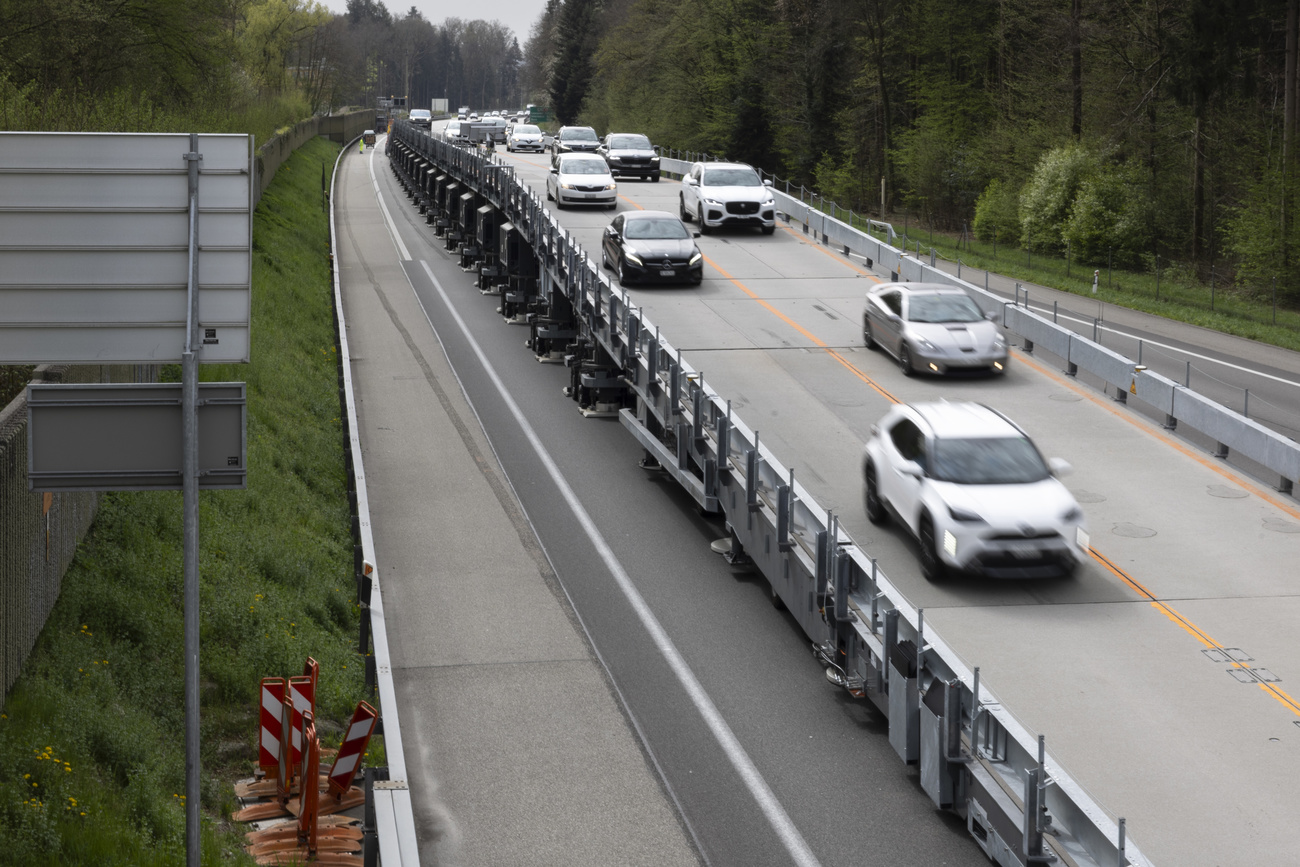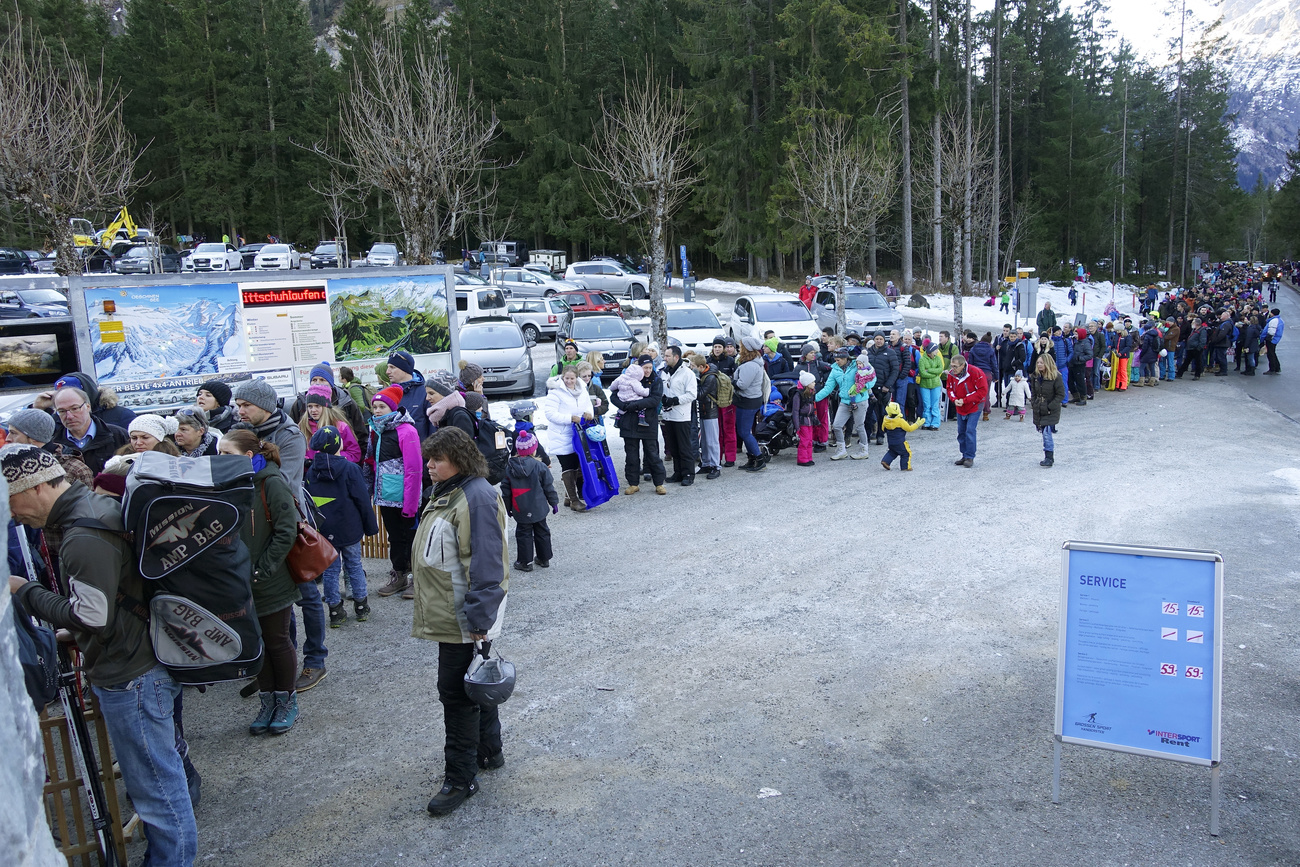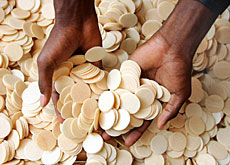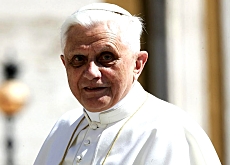Breakaway Swiss Catholics meet Pope

Pope Benedict XVI on Monday held an audience with the head of a breakaway group of traditionalist Catholics, which is based in Switzerland.
The new pope is hoping to restart a dialogue with the Priestly Society of Saint Pius X (SSPX), after years of silence between the two sides.
The meeting between Bernard Fellay, the Superior General of SSPX, and Benedict XVI took place in the papal summer residence at Castel Gandolfo.
Also attending was Cardinal Dario Castrillon Hoyos, who heads the Vatican department charged with bringing SSPX back into the fold since it broke with Rome in 1988.
“The meeting was held in a climate of love for the Church and a desire to arrive at the perfect communion,” Vatican spokesman Joaquin Navarro-Valls said in a statement. “Although aware of the difficulties, the desire to proceed by steps and in a reasonable timeframe was shown.”
The Society was founded in Fribourg in western Switzerland in the early 1970s by the French archbishop, Marcel Lefebvre. It later moved to Ecône in nearby canton Valais.
According to Jean-François Mayer, a lecturer in religious studies at Fribourg University, it was created as a reaction to reforms brought about after the Second Vatican Council in the 1960s.
Disagreement
The highly conservative Lefebvre disagreed with the proposals, particularly with the abolition of the need to say the Mass in Latin. He and his followers were also opposed to ecumenicalism and inter-faith dialogue.
Mayer says that Lefebvre was prompted to choose Fribourg to start with because of the university’s theology department, which had a good reputation in Catholic circles.
“But he also found a climate which was not unfavourable [to his ideas] in Fribourg and then in Valais,” he told swissinfo.
“One has to remember that the Society was started with the agreement of François Charrière, who was the Bishop of Lausanne, Geneva and Fribourg at the time,” said Mayer. “At that point there was not yet real conflict with Rome.”
Relations between the Vatican and SSPX deteriorated during the 1970s. Matters came to a head in 1988 when Lefebvre consecrated four bishops without the permission of the pope, who subsequently excommunicated him. Lefebvre died in 1991.
Critical climate
Mayer says that since the 1980s Rome has become more critical of the Second Vatican Council reforms.
“Certain people at the Vatican have become more sympathetic – not towards the schism with Lefebvre – but towards traditionalist approaches which they no longer see as totally illegitimate,” the professor explained.
He says that this especially applies to those who surround the former Cardinal Joseph Ratzinger – now Pope Benedict XVI. Before his appointment Ratzinger was known to be highly conservative and ran the Vatican department which protected Catholic Church orthodoxy.
“The conditions for a rapprochement are undoubtedly more favourable than they have ever been,” said Mayer. “This is because Cardinal Ratzinger has a positive image in traditionalist circles.”
Wait and see
But Mayer says it is not yet clear if this means that the new pope will be more open to traditionalist views than his predecessor John Paul II.
In any case, Mayer believes that the dispute between the two sides will not be resolved easily. He says that if the conflict just revolved around the Mass, an agreement might be possible because the issue is based on liturgy.
But he points out that ecumenicalism might prove more difficult. “Benedict XVI said in his first declaration that he wanted to pursue a policy of ecumenicalism and inter-faith dialogue.”
But Mayer warns that the importance of Monday’s meeting should not be exaggerated. “It’s to make contact. I would be very surprised if it resulted in any quick decisions.”
swissinfo, Bernard Léchot
Bernard Fellay, the Superior General of the Priestly Society of Saint Pius X (SSPX), was received by Pope Benedict XVI on Monday.
SSPX was founded in the early 1970s by French archbishop, Marcel Lefebvre. It was based in Fribourg and later moved to canton Valais.
The break between SSPX and Rome dates from 1988, when Pope John Paul II excommunicated Lefebvre for consecrating bishops without his permission.
According to religious studies lecturer Jean-François Mayer, the Priestly Society of Saint Pius X has 400 priests and 160,000 followers throughout the world.
He says that the movement is spreading to countries where it was previously unknown, in areas such as Africa, Asia and eastern Europe.
The Society’s centres are often only attended by a handful of followers, but they show that the movement is extending its reach, says Mayer.

In compliance with the JTI standards
More: SWI swissinfo.ch certified by the Journalism Trust Initiative










You can find an overview of ongoing debates with our journalists here . Please join us!
If you want to start a conversation about a topic raised in this article or want to report factual errors, email us at english@swissinfo.ch.